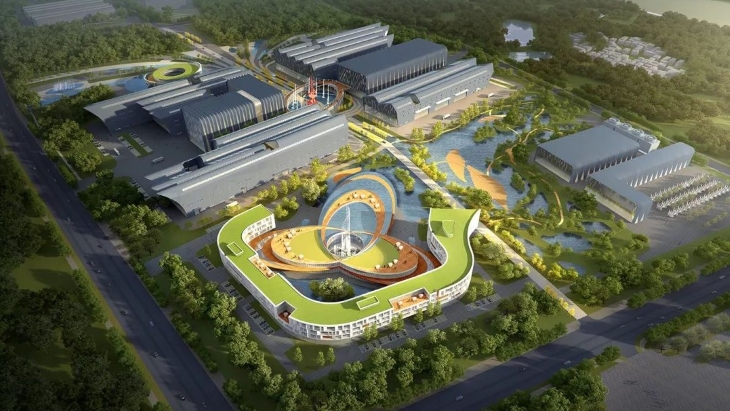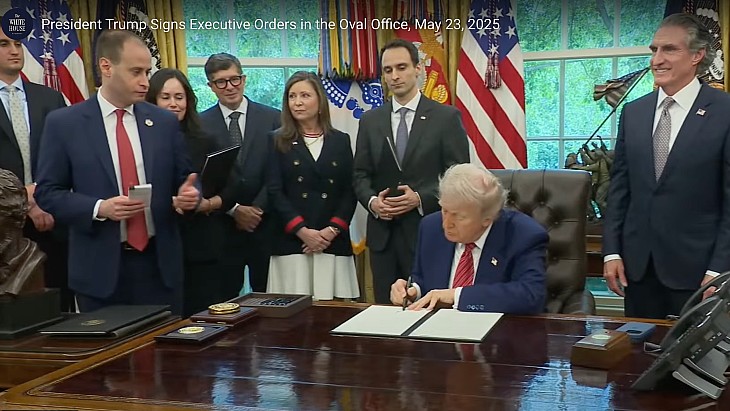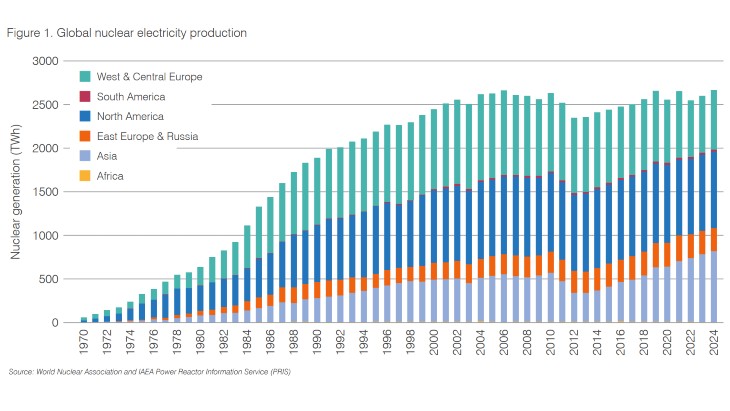Scientific goals for the project include studying plasma behaviour under the boundary parameters of magnetic constrained fusion and exploring the effects of complex dynamic loads on critical systems and components. It will evaluate the service performance of filters and superconducting magnets under load conditions.
China aims to construct a tokamak fusion reactor, known as the China Fusion Engineering Test Reactor, and launch its operation in 2030. It would be smaller than the international Iter project, yet comparable in performance in that some modes of operation would produce up to 10 times the heat required to initiate fusion. It is hoped that these large experiments will yield the knowledge required to create fusion power plants in around 2050.
Site selection, social risk assessment and environmental impact studies have all been carried out and approved, the Chinese Academy of Science said. The project awaits only a final investment budget for construction to begin. Site preparation has been under way since 14 December last year.
The facility will be built in Lyuang district in the north west of Hefei, the provincial capital of Anhui province, which itself is about 400 km west of Shanghai. It will be jointly built by the Chinese Academy of Science and the government of Anhui province.













